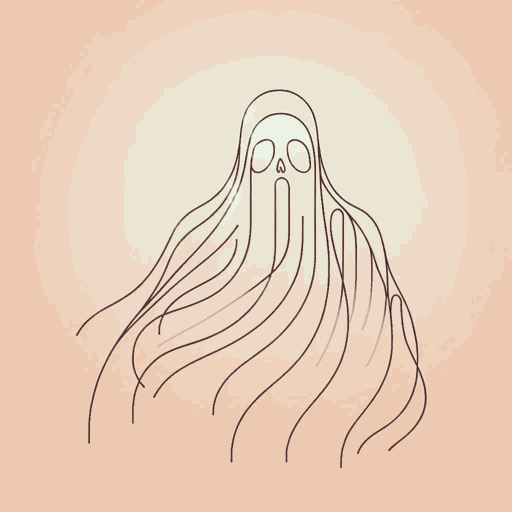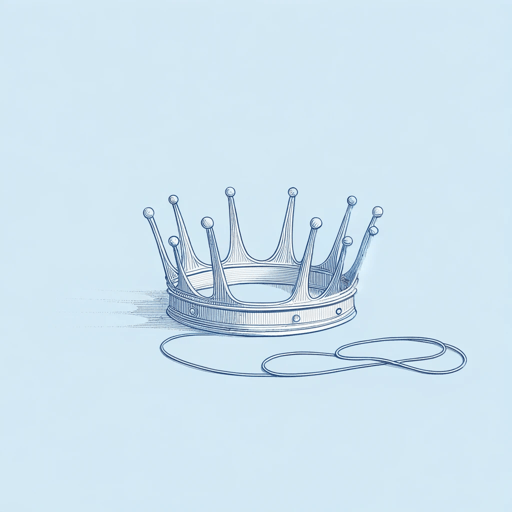19 pages • 38 minutes read
William ShakespeareSonnet 130
Fiction | Poem | Adult | Published in 1609A modern alternative to SparkNotes and CliffsNotes, SuperSummary offers high-quality Study Guides with detailed chapter summaries and analysis of major themes, characters, and more.
Themes
The Link Between Beauty and Truth
One primary theme of “Sonnet 130” centers on the relationship between beauty and truth. The series of comparisons indicate a common, if not unprepossessing, woman. Based on conventional norms, the juxtapositions don’t paint the picture of an adored beauty. Again and again, the speaker brings up something typically thought of as beautiful or desirable, only to negate the mistress’s connection to that thing: Her “eyes are nothing like the sun” (Line 1), she doesn’t smell like “perfumes” (Line 7), she doesn’t sound like “music” (Line 10), and so on. As the prominent American literary critic Helen Vendler writes in The Art of Shakespeare’s Sonnets (1997), the sequence of coarse comparisons makes the first 12 lines sound “like a denigration” (557). By pointing out how the mistress isn’t like so many beautiful things, he’s more or less calling her ugly and demeaning her.
In the final two lines, the speaker clarifies his intent. His love for his mistress is “rare” (Line 13), and he doesn’t want to taint their singular bond with lies or “false compare” (Line 14). Thus, the sonnet pairs truth with beauty. Vendler writes that Shakespeare’s mistress “is a real woman, and doesn’t need any false compare to distort her attractions” (556).
Related Titles
By William Shakespeare

All's Well That Ends Well
William Shakespeare

A Midsummer Night's Dream
William Shakespeare

Antony and Cleopatra
William Shakespeare

As You Like It
William Shakespeare

Coriolanus
William Shakespeare

Cymbeline
William Shakespeare

Hamlet
William Shakespeare

Henry IV, Part 1
William Shakespeare

Henry IV, Part 2
William Shakespeare

Henry V
William Shakespeare

Henry VIII
William Shakespeare

Henry VI, Part 1
William Shakespeare

Henry VI, Part 3
William Shakespeare

Julius Caesar
William Shakespeare

King John
William Shakespeare

King Lear
William Shakespeare

Love's Labour's Lost
William Shakespeare

Macbeth
William Shakespeare

Measure For Measure
William Shakespeare

Much Ado About Nothing
William Shakespeare

